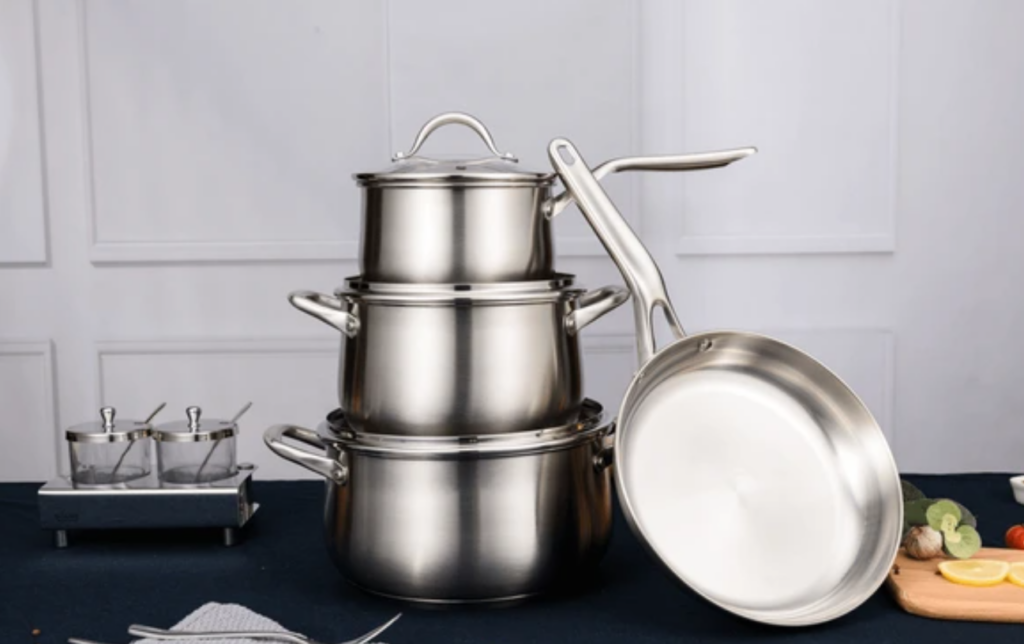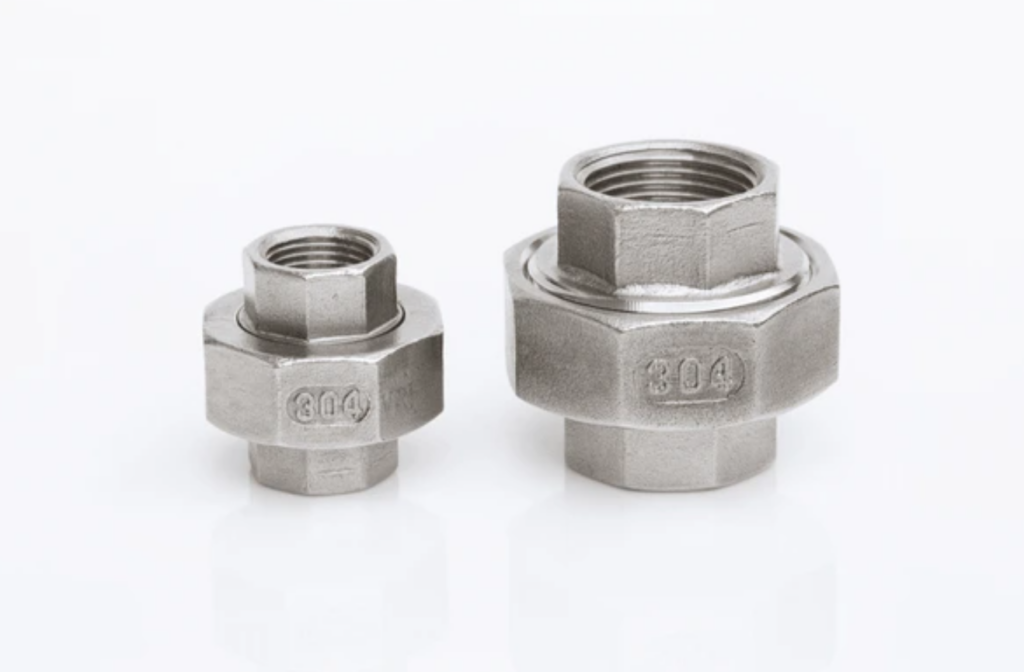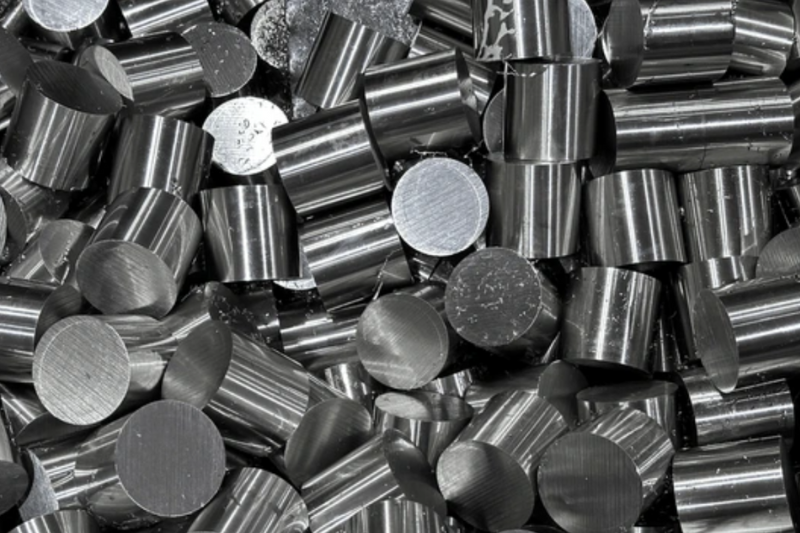Stainless Steel 304 Properties, Uses & 316 Comparison
Stainless Steel 304 is the most widely used stainless steel grade in Singapore’s engineering and manufacturing sectors because of its excellent corrosion resistance, durability, and cost-effectiveness.
If you’re new to stainless steels in general, see our complete guide to stainless steel types and fabrication in singapore to understand how 304 fits into boarder family of materials.
What is Stainless Steel 304?
Stainless Steel 304 is an austenitic stainless steel alloy containing about 18% chromium and 8% nickel, known for its excellent corrosion resistance, strength, and formability. It is the most widely used stainless steel grade worldwide and is commonly employed in construction, industrial equipment, kitchenware, and food-grade applications because it is durable, hygienic, and easy to fabricate.
Stainless steel 304 is frequently paired with Unistrut channel systems in construction projects, offering durable, corrosion-resistant support for industrial and commercial structures.

Chemical Composition & Material Grades (304, 304L, 304H)
Stainless Steel 304 is an austenitic alloy typically containing about 18–20% chromium and 8–10.5% nickel, with small amounts of carbon, manganese, silicon, phosphorus, and sulfur to balance strength, ductility, and corrosion resistance.
Its low-carbon version, 304L, has ≤0.035% carbon, which improves weldability and reduces the risk of sensitization, making it ideal for welded structures or food-grade tanks.
The high-carbon variant, 304H, contains around 0.04–0.10% carbon, offering higher strength at elevated temperatures for heat exchangers, pressure vessels, and industrial piping.
These three grades share the same basic corrosion resistance but differ in carbon content to meet specific fabrication or service conditions.
Physical, Mechanical & Thermal Properties
These figures are for annealed 304 stainless steel unless otherwise stated. Different production, thickness, cold-working, etc., will affect them.
| Property | Value / Range |
|---|---|
| Density | ~ 8.00 g/cm³ (≈ 0.289 lb/in³) |
| Melting (Solidus / Liquidus) | ~ 1,400-1,450 °C (≈ 2,550-2,650 °F) |
| Young’s Modulus (Elastic Modulus) | ~ 193 GPa (≈ 28,000 ksi) |
| Thermal Conductivity | ~ 16.2 W/(m·K) at ~100 °C |
| Coefficient of Linear Thermal Expansion | ~ 17.2 ×10⁻⁶ /K (20-100 °C) |
| Tensile Strength (Ultimate) | ~ 500-750 MPa depending on temper / thickness / cold work |
| Yield Strength (0.2 % offset) | ~ 190-250 MPa for annealed condition; can increase with cold working |
| Elongation at Break | ~ 40-70 % depending on thickness & treatment |
How is Stainless Steel 304 Made & Fabricated
Stainless Steel 304 is made by melting iron, chromium, nickel, and small alloying elements in an electric arc or basic oxygen furnace, then casting, hot rolling, and annealing it to achieve the desired form.
After the initial production, the steel is pickled or passivated to remove scale and enhance corrosion resistance. It can then be fabricated by cutting, bending, welding, and machining, with cold working increasing its strength and low-carbon grades like 304L improving weldability.
This combination of controlled manufacturing and versatile fabrication methods makes 304 suitable for everything from food-grade tanks to architectural panels and industrial components.

304 Stainless Steel Applications
304 stainless steel is widely used in kitchen equipment, food-processing machinery, architectural panels, handrails, piping, industrial tanks, fasteners, and general fabrication because it combines corrosion resistance, strength, and easy formability. Its hygienic surface and durability make it suitable for everything from consumer products to large-scale industrial components.
Common Applications:
- Kitchen sinks, countertops, and cookware
- Food and beverage processing equipment
- Chemical and pharmaceutical tanks or piping
- Architectural façades, handrails, and balustrades
- Fasteners, nuts, bolts, and industrial fittings
- Interior marine components (non-severe chloride exposure)
- Heat exchangers and pressure vessels
- Custom parts via CNC machining or sheet metal fabrication

Does 304 Stainless Steel Rust?
Yes. 304 stainless steel is highly resistant to rust but not completely immune in high-chloride, saltwater, or chemical environments it can develop pitting, crevice corrosion, or surface staining. Its chromium oxide layer protects against everyday oxidation, but under harsh conditions 316 stainless steel provides better corrosion resistance.
In some mild environments, galvanised pipes can be a cost-effective alternative to stainless steel, though they don’t offer the same long-term corrosion resistance as 304.
Advantages & Disadvantages
Stainless Steel 304 offers an excellent balance of corrosion resistance, strength, and versatility, making it the most widely used stainless steel grade in manufacturing, construction, and food-processing applications. However, like any material, it has limitations that can affect performance, cost, and maintenance requirements. Understanding the key advantages and disadvantages of 304 stainless steel helps engineers, designers, and buyers select the right material for their project.
| Advantages | Disadvantages |
|---|---|
| Excellent general corrosion resistance in many environments. | Less resistant to chloride pitting and crevice corrosion compared to stainless steels with molybdenum, e.g. 316. |
| Good strength and toughness, with high ductility / formability. | Susceptible to sensitization (formation of chromium carbides at grain boundaries) if exposed to certain temperature ranges without low-carbon variants or post-weld treatments. |
| Good weldability with proper filler materials. | Work-hardening can make machining or forming more difficult. |
| Stable at elevated temperatures (depending on specific variant) and good resistance to oxidation. | Magnetic response: generally non-magnetic when annealed, but may become slightly magnetic after cold working. |
| Hygienic (easy to clean), relatively low maintenance. | Cost is higher than basic steels (carbon steel, mild steel), so over-specification may not always be economical. |
304 vs 316 Stainless Steel: Which Is Better?
Neither grade is universally better. 304 stainless steel is more affordable and ideal for general indoor or mildly corrosive environments, while 316 stainless steel contains added molybdenum for superior resistance to salt water, chlorides, and harsh chemicals. Choose 304 for cost-effective strength and easy fabrication, and 316 when maximum corrosion resistance in marine or chemical settings is essential.
Conclusion
Stainless Steel 304 remains one of the most versatile and trusted materials for fabrication thanks to its corrosion resistance, strength, and cost-effectiveness. Whether you need precision parts, architectural panels, or food-grade equipment, understanding its properties helps ensure the right choice for your project.
At The Monster Builder, our expertise in CNC machining, sheet metal fabrication, and steel fabrication allows us to produce high-quality components from Stainless Steel 304 and other alloys with reliable turnaround times and stringent quality control. Contact us today to discuss how we can support your next project in Singapore.



